Showing all 15 results
-
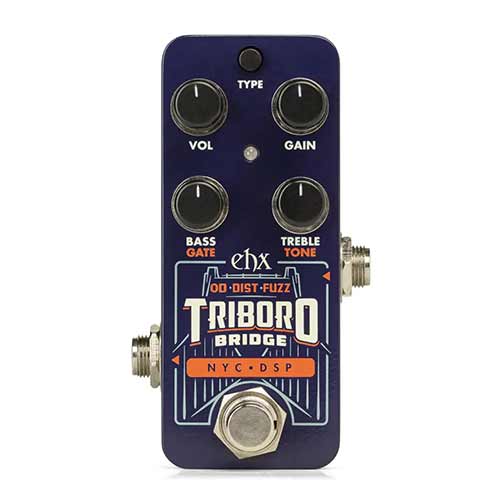
Electro Harmonix Pico Triboro Bridge
€ 136 Add to cart -
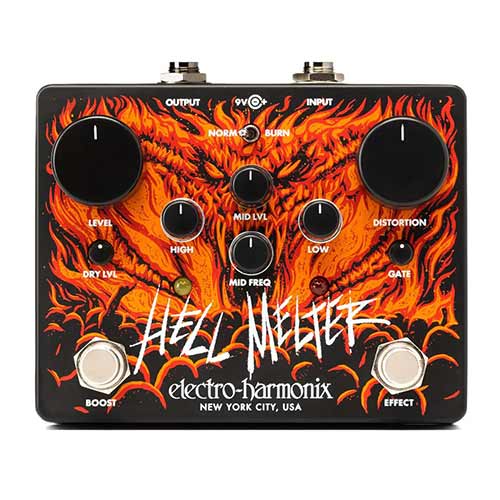
Electro Harmonix Hell Melter
€ 162 Add to cart -
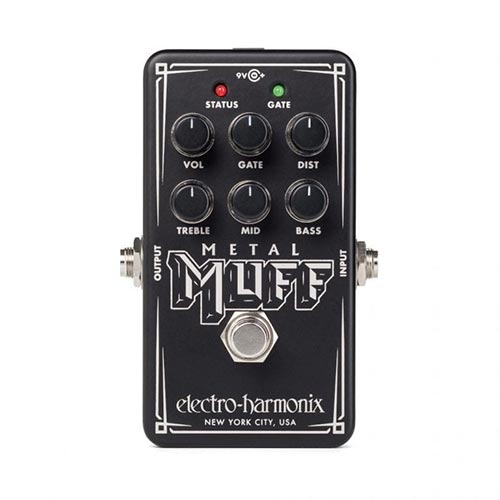
Electro Harmonix Nano Metal Muff
€ 79 Add to cart -
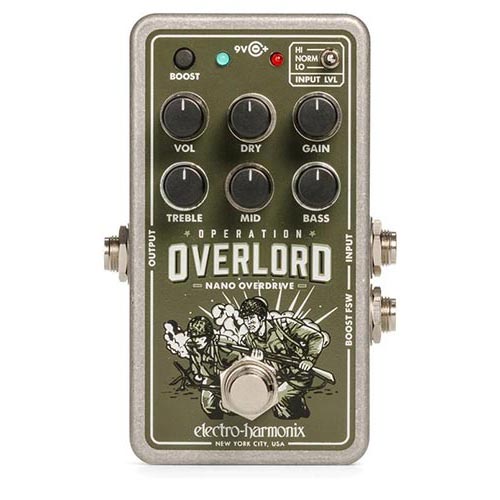
Electro Harmonix Nano Operation Overlord
€ 89 Add to cart -
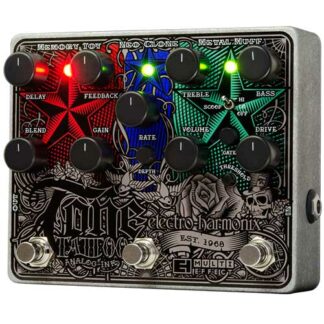
Electro Harmonix Tone Tattoo
€ 289 Add to cart -
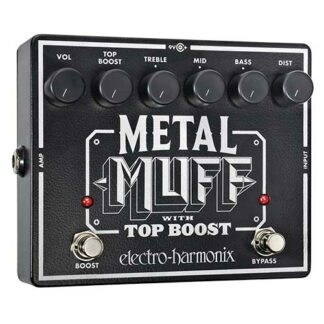
Electro Harmonix Metal Muff
€ 109 Add to cart -
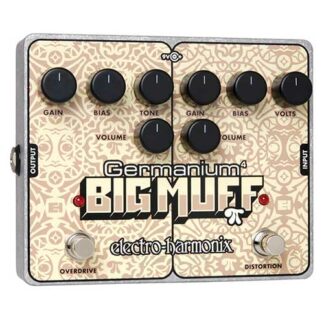
Electro Harmonix Germanium 4 Big Muff Pi
€ 129 Add to cart -
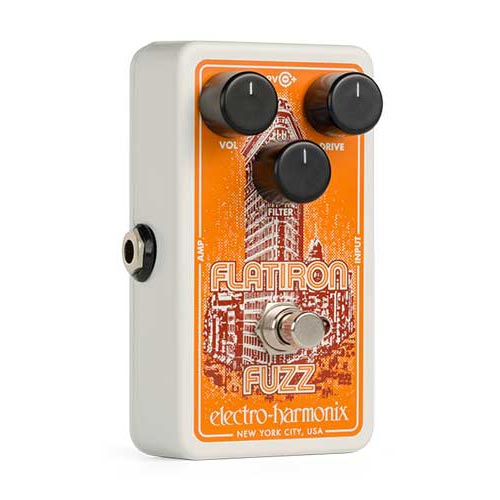
Electro Harmonix Flatiron Fuzz
€ 85 Add to cart -
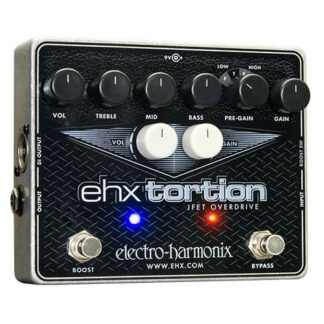
Electro Harmonix Ehx Tortion
€ 229 Add to cart -
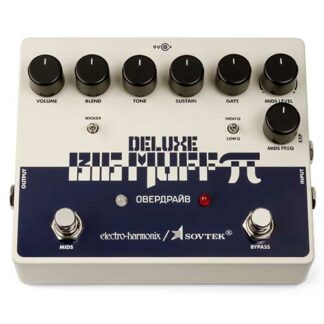
Electro Harmonix Deluxe Sovtek Big Muff
€ 209 Add to cart -
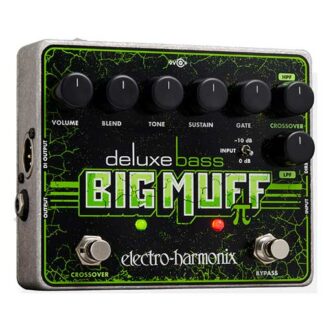
Electro Harmonix Deluxe Bass Big Muff
€ 149 Add to cart -
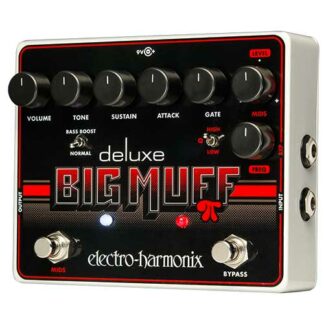
Electro Harmonix Deluxe Big Muff
€ 149 Add to cart -
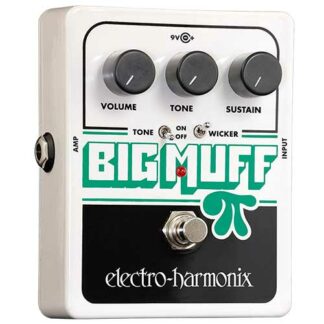
Electro Harmonix Big Muff Pi Tone Wicker
€ 99 Add to cart -
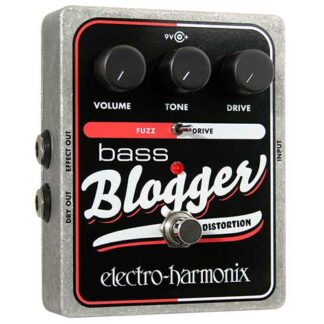
Electro Harmonix Bass Blogger
€ 69 Add to cart -
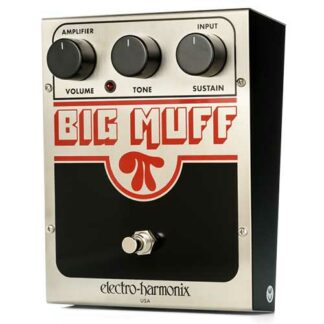
Electro Harmonix Big Muff Pi
€ 99 Add to cart
Showing all 15 results
Distortion pedal
Distortion pedal
In the beginning distortion was considered a flaw in the design of an amplifier. And you can’t buy overdrive pedals yet. Most amps were designed for clean sounds. That changed drastically when Howlin’ Wolf set his Fender Deluxe to 10 in 1951. He then recorded ‘How many more years’. Since then, overdrive has become a regular feature of many (tube) amps. Although some amps are still made without overdrive. In addition, there are a lot of effect pedals that imitate the sound of an overdriven tube amp.
Distortion in a tube amp is created by overdriving the tubes of the amp. The signal passing through the tube is greater than the maximum signal that the tube can handle. This creates (asymmetric) clipping and the result is that overtones are created. If those are so-called ‘even harmonics’, it sounds like a ‘warm’ overdrive. In addition, in a tube amp it is possible to overdrive both the preamp and the power amp tubes.
To simulate this effect, a Distortion pedal often does not use tubes. This is particularly impractical due to the size, heat and fragility of tubes. Still, there are some on the market, Mesa Boogie, Koch have released pedals with tubes. However, most pedals use op-amps, transistors or diodes to simulate the distortion effect.
Overdrive makes playing guitar fun. With the effect you make dirty sounds by breaking down the peaks of your signal. This creates harmonic overtones and often also compression. Iconic distortion pedals have been released over the years. Including the DS-1 from Boss and the ProCo Rat.
